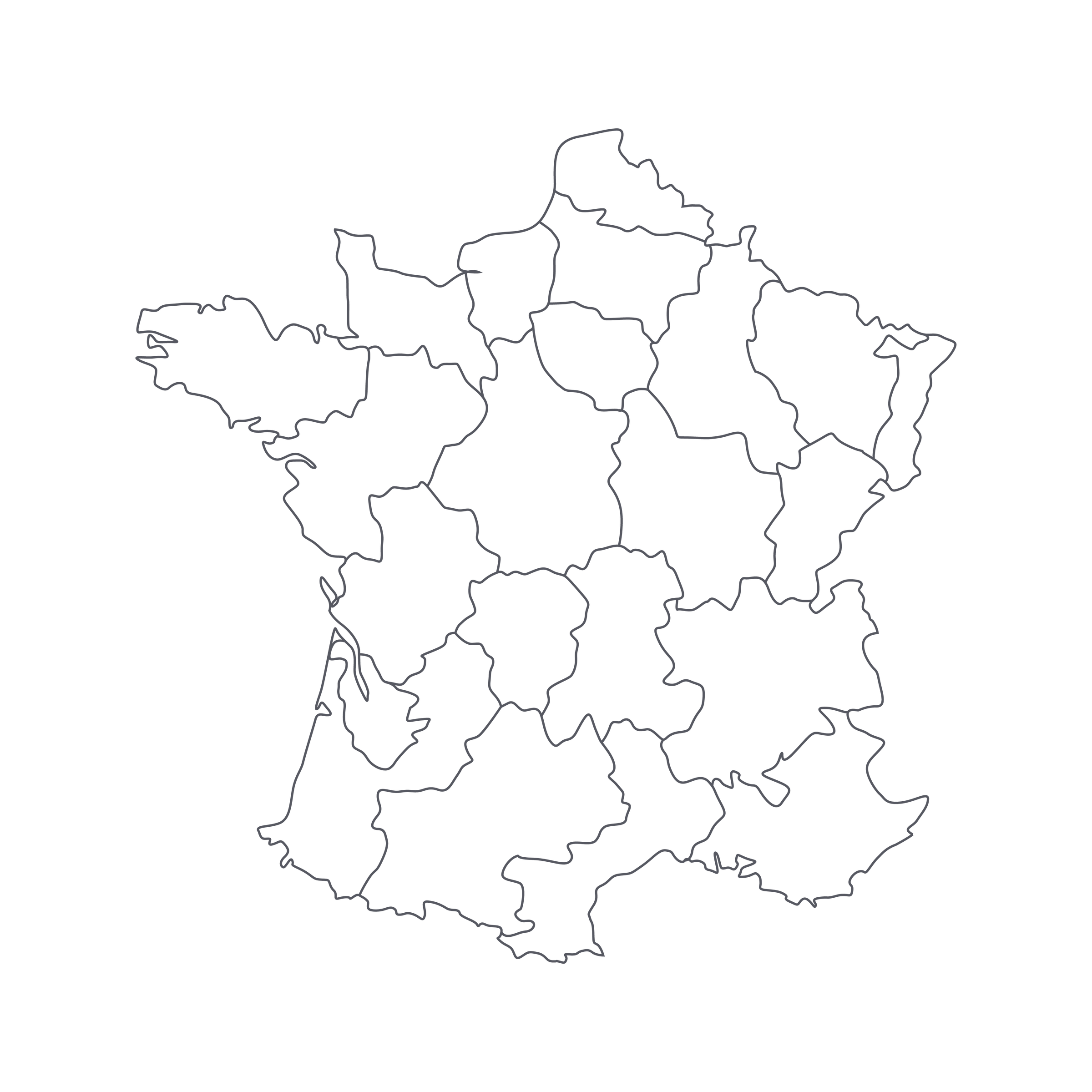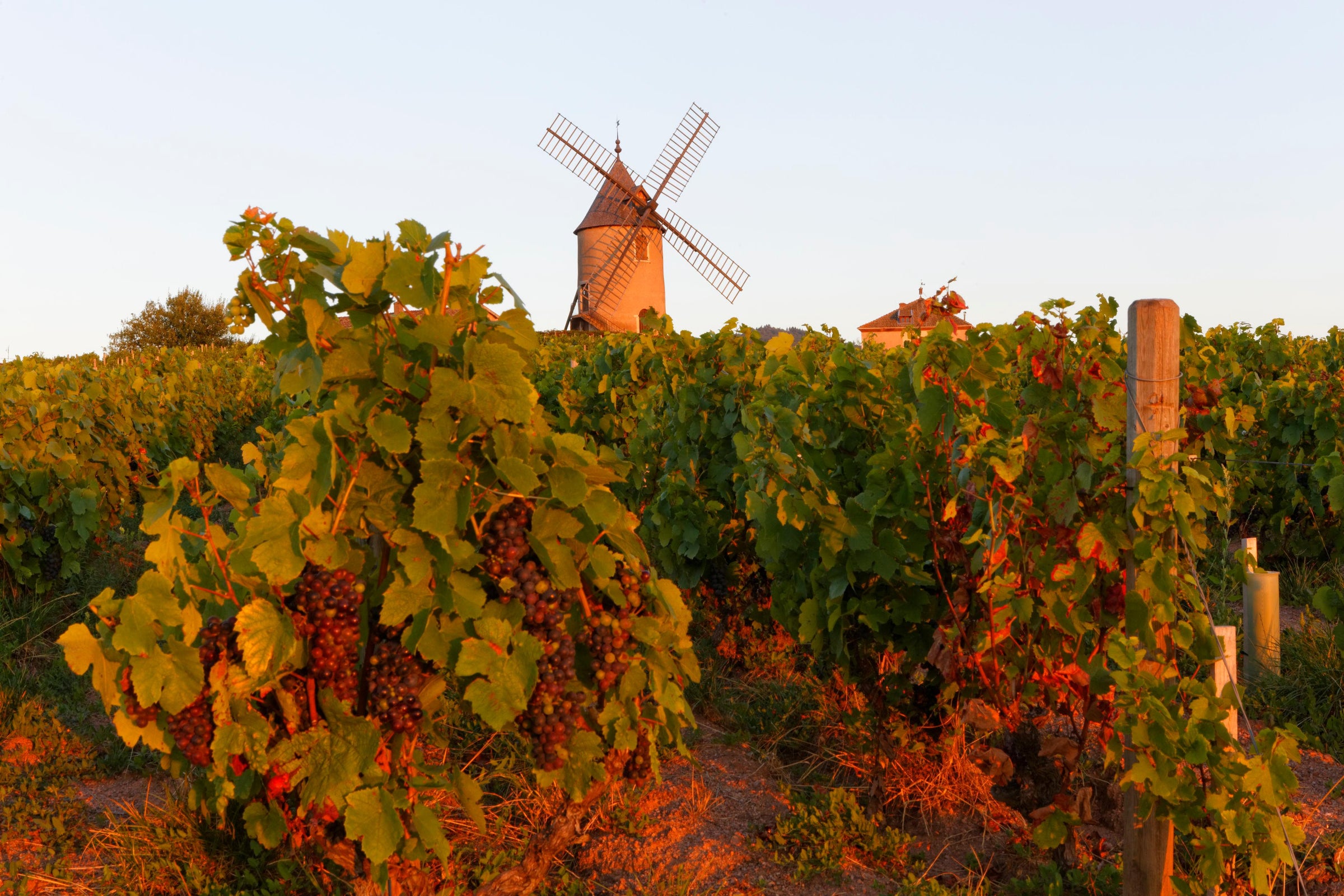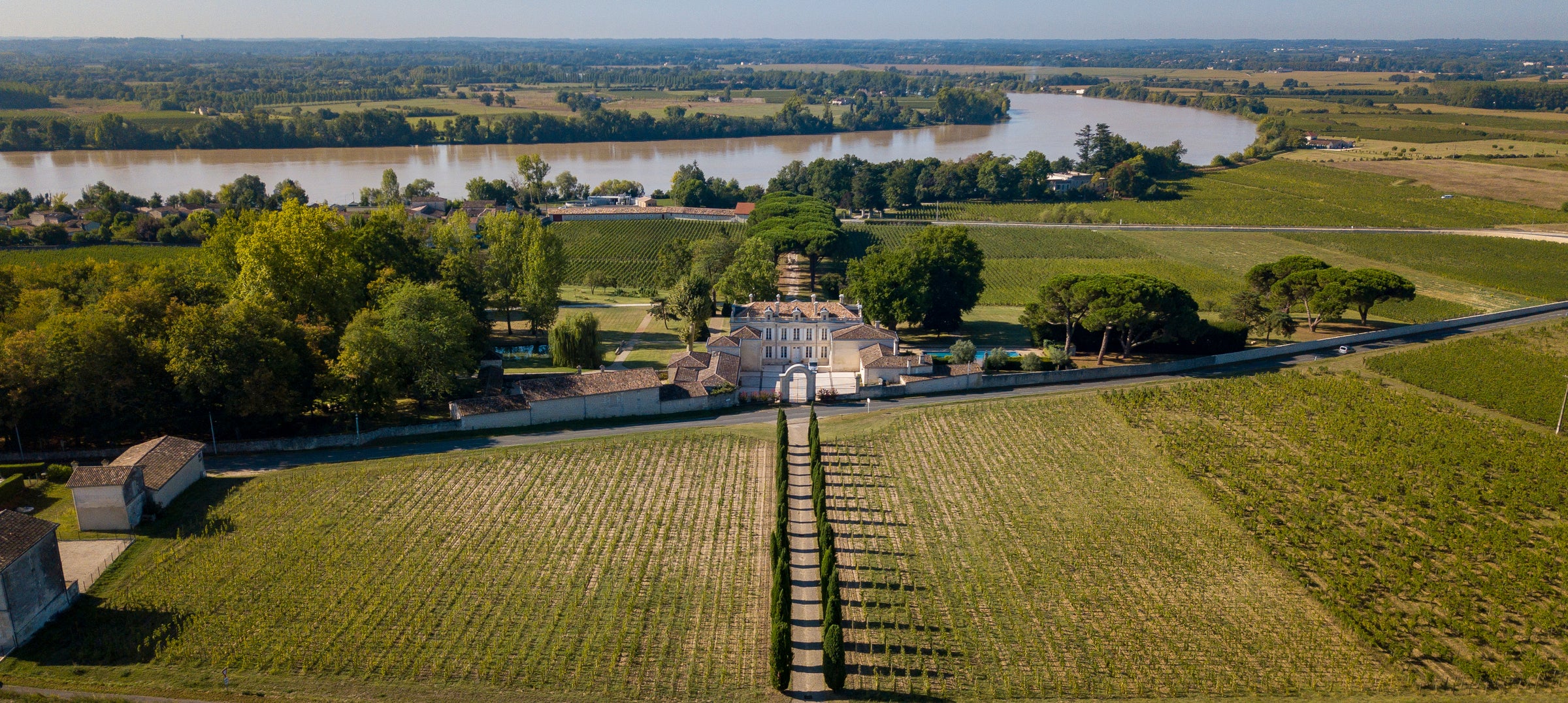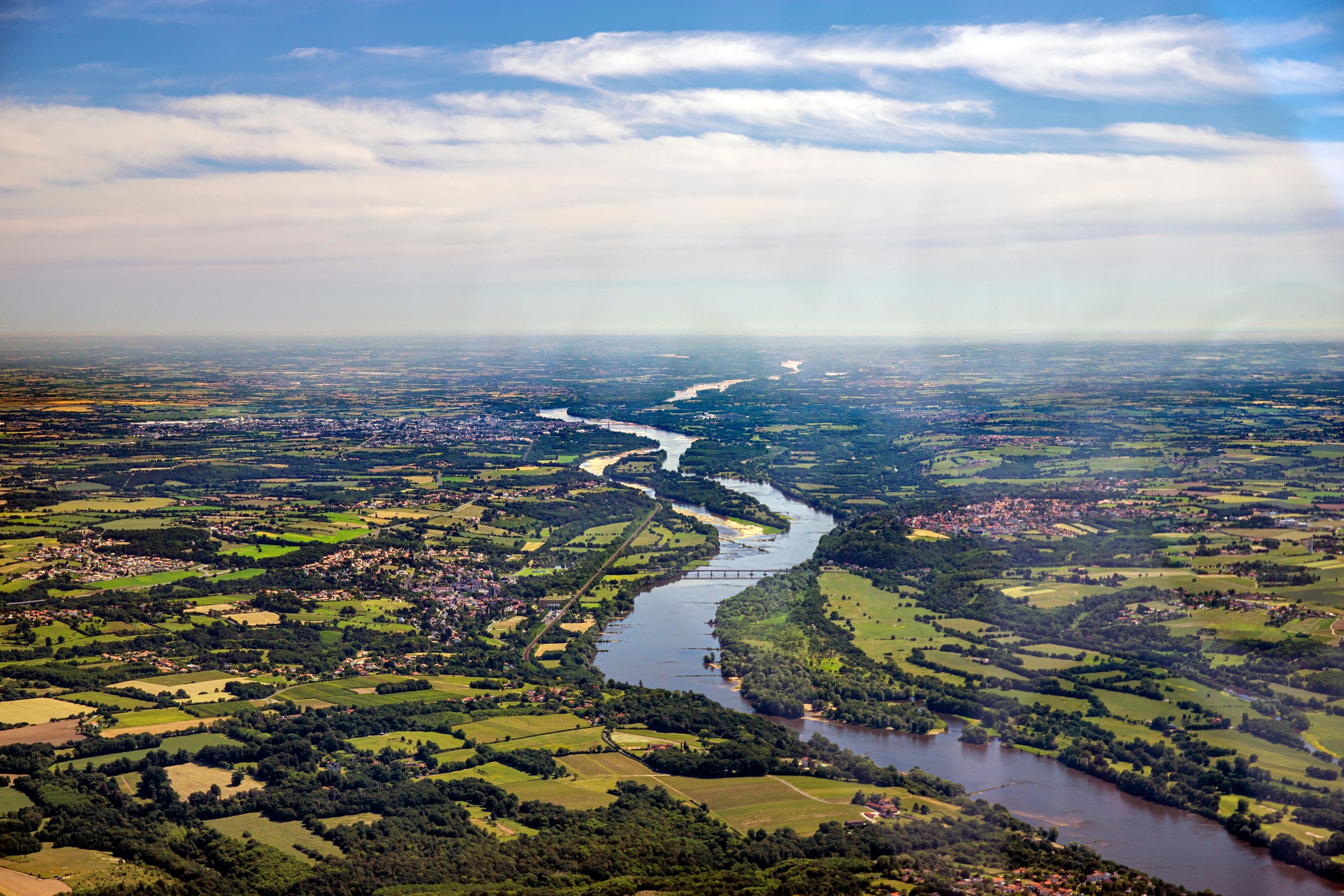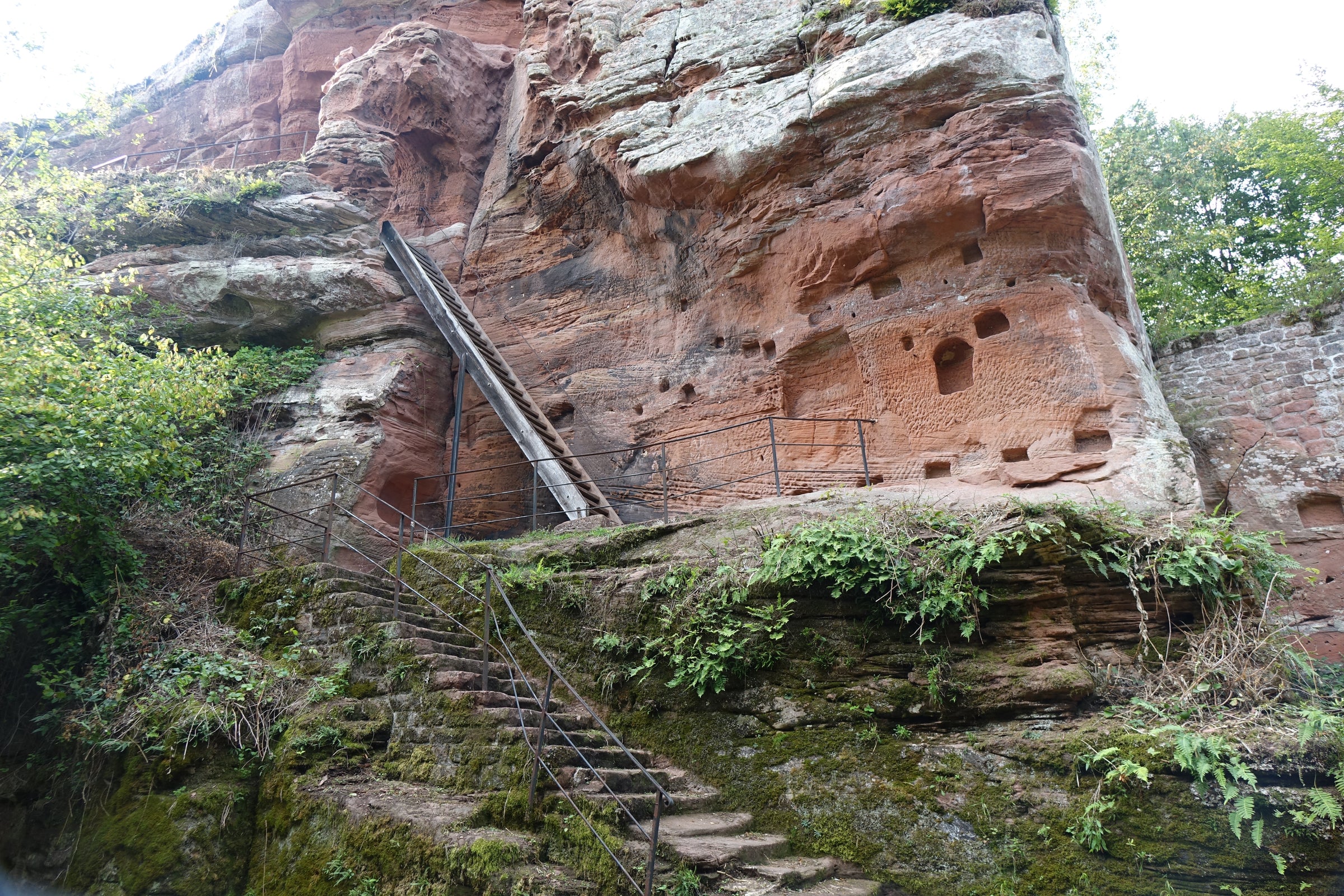Your experience with Marsanne may be limited to “the white grape that is occasionally blended in with some Syrahs from Hermitage,” but Paul Jaboulet Aîné—one of the Northern Rhône’s most significant and prestigious names—gives the underrated grape the respect it deserves.
Though famously known for their legendary Hermitage “La Chapelle,” Jaboulet has eagerly expanded outside of their comfort zone and, in the spirit of a category leader, represents the entirety of the Rhône Valley across its impressive lineup. Take Saint-Péray, for example: This tiny region hugs Cornas to the south and has fewer planted acres than almost every lauded region of Northern Rhône (e.g. nearly half of Hermitage!). Today’s “Les Sauvagères”—the local nickname for Marsanne—is the freshest and most vibrant take on the grape I’ve experienced in this price range (or maybe ever, actually). With mature vines that sit below the vaulted remains of a 12th century castle built from the pure limestone that surrounds it, “Les Sauvagères” is truly unrivaled in its terroir. As for the wine? It’s full of rich texture and bursting with refreshing tension and zesty fruits (rare for Rhône whites), so if you’ve been thinking about expanding your white-wine repertoire, now is the time. You’ll be experiencing a gorgeous Rhône that many people will never taste—from a producer that’s globally recognized as one of the all-time greats.
The boundaries of Saint-Péray make it seem larger than it actually is—there are less than 200 acres of vines planted on hillsides here, all of which are Marsanne or Roussanne. These two grapes are also allowed in iconic Hermitage (just a 10 mile drive north), which makes small amounts of white wine that are truly breathtaking with age! While I’m not claiming this to rival the far-more expensive Hermitage Blancs, it certainly competes with just about any Northern Rhône white you can find at this price.
Now, on to Jaboulet Aîné: This is a producer that helped define an entire region and has been responsible for crafting wines that have been mentioned when the topic of discussion is “world’s greatest wines.” From their importer: “In 1834, a full 100 years before the introduction of the A.O.C. system, Antoine Jaboulet began to transform a sleepy region into one of the most important quality winegrowing terroirs in the world. Since that time, Paul Jaboulet Aîné [named after Antoine’s oldest son] has become the benchmark in the Northern Rhône, with the iconic Hermitage La Chapelle being responsible for some of the greatest wines ever produced.” Although the 2005 sale of the estate shocked the wine world, proprietor Jean-Jacques Frey and family have done a tremendous job with the transition. His daughter, Caroline, oversees production today and has been a steadfast driver for sustainability (certified within her first year) and is now pushing heavily for biodynamic conversion. Impressive, to say the least.
“Les Sauvagères” is sourced from various vineyards around Saint-Péray, with a third of the fruit coming from estate-owned vineyards. All vines are over 30 years old and lie in incredibly unique (for Northern Rhône) pure limestone soils. After handpicking the crop, it is shuttled to their winery in the quaint town of Tain l’Hermitage (at the base of the grand hill), where the grapes undergo a cool, temperature-controlled fermentation. Both malolactic and stirring of the lees are avoided in order to retain the wine's precision and freshness, but the aging process is what makes this so unique: three vessels are used. A quarter of the wine is transferred into small concrete eggs, 20% stays in stainless steel and the remaining 55% rests in French oak (5% of which is brand new). The final wine is bottled 100% Marsanne.
In the glass, “Les Sauvagères” shines a limpid straw yellow with brilliant platinum highlights at the rim. The nose is delicate with supple yellow fruits and noticeable stony minerality—enough to initially confuse you into thinking this is a premium-level Burgundy. The wine strikes your palate with incredible concentration while balanced with refreshing acidity and vibrant fruits leaving you craving more immediately. Most notably, yellow apple, apricots, quince, lemon curd, and white peach, followed by fresh white flowers, citrus blossoms, crushed rocks, acacia, and melon skin. Although bright and electric, it carries itself with rich textures and the mid-palate has surprising roundness. “Les Sauvagères” has so much to offer at this price and will please a wide range of people when properly served: Pull the cork 30 minutes prior or flash decant for 15 minutes before serving at 50 degrees in all-purpose stems. This is a wine to drink now, but if you forget a bottle or two over the years, don’t fret—it will hold up. Broil a few lobster tails and prepare a citrus butter sauce for this Saint-Péray. Enjoy yourselves and cherish this ultimate marriage of flavors. Cheers!


